How to remove bubbles from the wallpaper after drying?

Wallpaper is one of the most popular finishing materials today. They are long canvases that can be glued to the wall or ceiling. From the outside, a special decorative layer is applied to them, giving them uniqueness and practicality.

The technology for applying wallpaper is quite simple, which allows you to use it without even having some experience. But if the installation of the canvas is incorrectly performed, then this can lead to its swelling.
Why are they bubbling?
Wallpaper is a thin material based on paper or other natural substances. Therefore, these products are not able to smooth out almost all the unevenness of the wall. Sometimes, after installation, bubbles appear on the surface of the wallpaper, which reduce the decorative characteristics of the wall. To exclude such phenomena, the entire pasting process should be monitored. There are several main reasons for surface swelling:


- Drafts. They can be caused by cracks or cracks in the walls. This does not allow the glue to seize quickly and efficiently, which leads to swelling. Therefore, in order to exclude such phenomena, you should carefully check the condition of the walls. All cracks should be repaired with high quality.
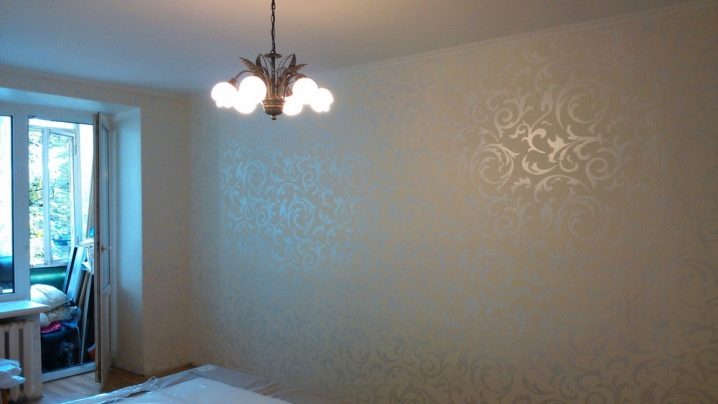
- Incorrect substrate preparation. Today, many people apply wallpaper directly to the walls, using only an adhesive. But these surfaces are not always perfectly flat, which affects the quality of pasting. To minimize the risk of blistering, the sheets should be allowed to adhere evenly and tightly to the substrate. Therefore, it is advisable to level the walls with putty or remove the old paint layer before installation. If the surface is normal, then it must be primed before applying the glue. Such substances significantly improve product adhesion.
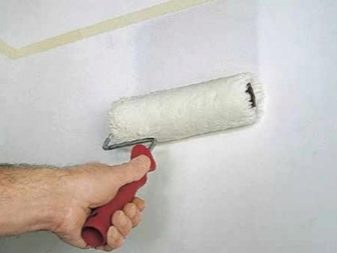
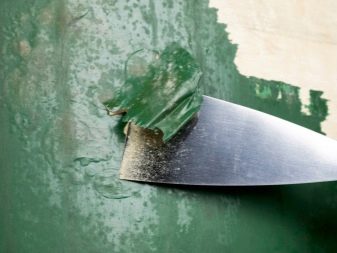
- Application on a wet wall. Wallpapering should be done only after the primer or putty on the wall is completely dry. You can only moisten the surface with glue, which is applied both to the wall and to the wallpaper itself.
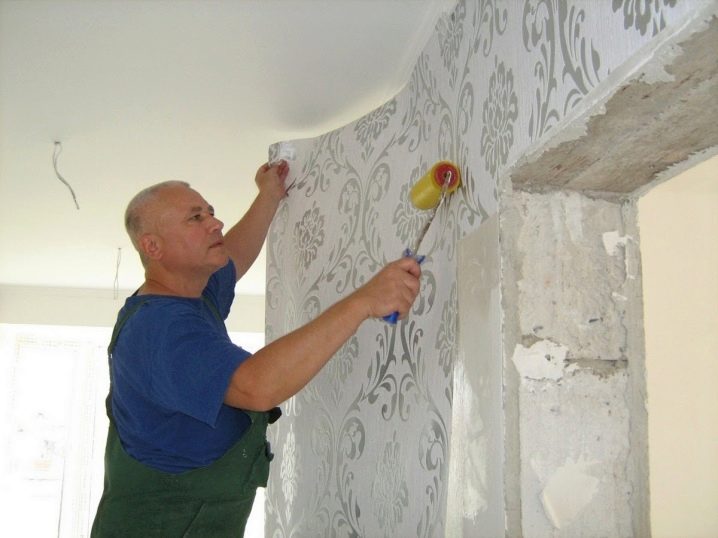
- Uneven mixture under the surface. If the adhesive is poorly distributed, it will lead to the formation of bumps. After it dries, these imperfections remain on the paper, which must then be further leveled. To prevent this, you should use high-quality adhesives that dilute quickly and represent an evenly thick mixture.
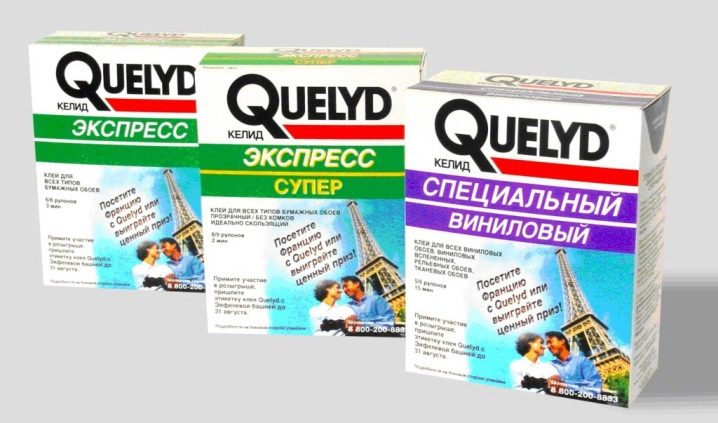
- Insufficient drying of the adhesive. Almost all compositions used for wallpaper installation contain water. Therefore, in order for the material to fix on the wall, it is necessary for the moisture to be removed, and only binders remain. Drying of the wallpaper should only take place in a warm room and without the presence of drafts. If this is not observed, then this can lead not only to the appearance of bubbles, but also to complete flaking of the material.
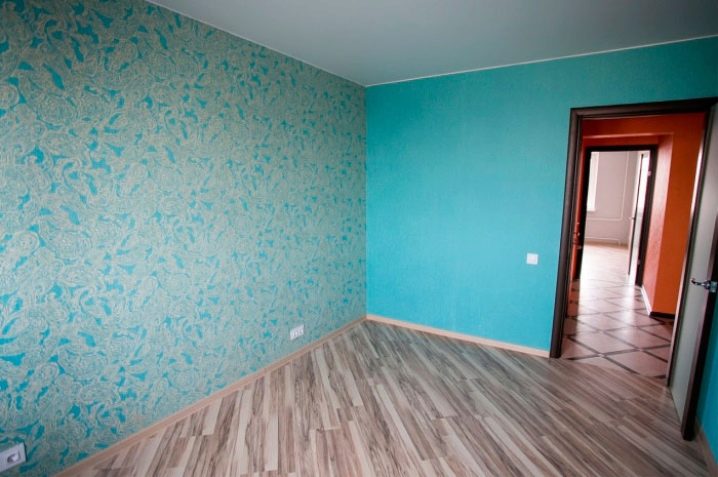
Please note that when pasting, the wallpaper may shrink slightly, which leads to the appearance of small bumps. But they should not be confused with bubbles, as they stretch after drying. The bloating remains and in some cases may even increase.
What to do?
Bloating wallpaper is not only ugly, but also impractical. Over time, these shortcomings can cause the material to flake off.This is due to the fact that air with moisture gets inside, which begins to inflate the base of the substance.
There are several main ways to remove bubbles on the wallpaper after drying:
- Smoothing. It should be understood that this can only be corrected immediately after gluing or after a short time. To eliminate the bubble, you should take a special roller and try to disperse the air to the sides. Thus, it is distributed over a large area where it is not so noticeable. If paper or vinyl wallpaper is swollen, then a soft cloth should be used to smooth it. Please note that this must be done very carefully, since the strength of such surfaces is negligible. An alternative option is a plastic spatula that can handle different types of wallpaper.

- Piercing. Removing the bulge on dried wallpaper on the wall in this way is possible only if the bubbles are small. Punching a small hole is easy with a regular needle. When the hole appears, gently smooth the surface of the wallpaper. If there is solidified glue under the bulge, then it is not possible to eliminate it, since the material forms a strong bond with the surface. Elimination of the adhesive solution is relevant only if the mixture has not yet completely dried out.
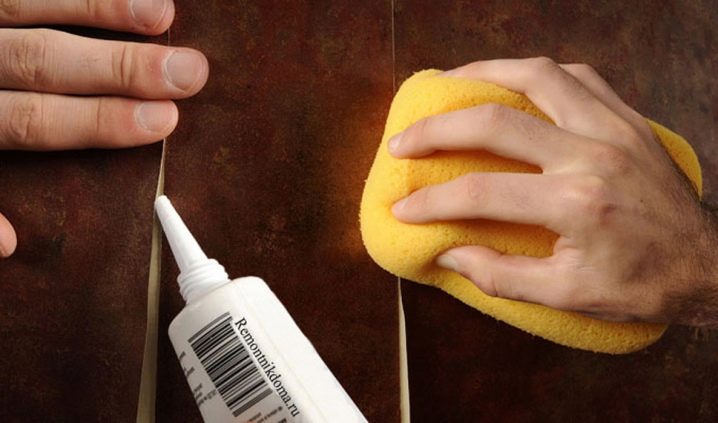
- Cutting and syringe. This option is the most versatile. Suitable for working even with long-standing bubbles that have appeared on surfaces. To eliminate bloating in this way, you need to stock up on liquid fresh glue, which is drawn into a syringe. To eliminate the bubble, it must be carefully cut in one of the planes. It is important to do this in such a way as not to disrupt the structure of the main picture.
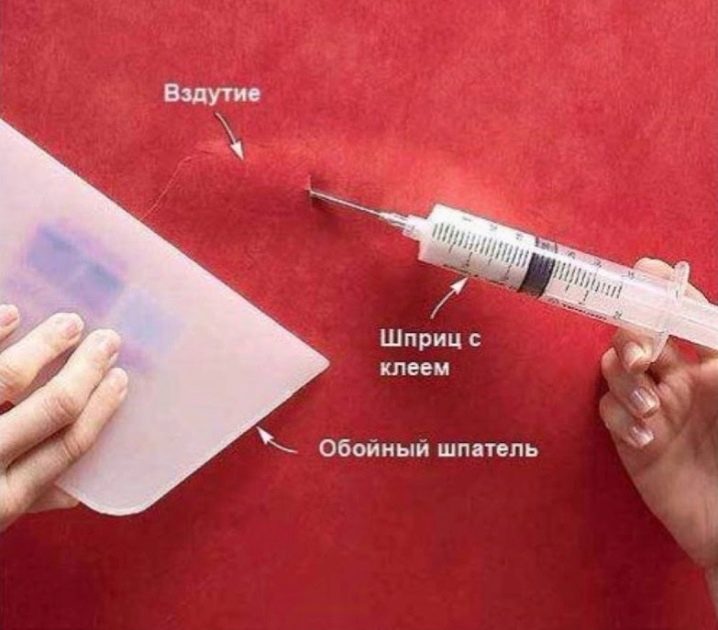
After that, you need to drive the needle under the paper and squeeze out a little glue. When the paper has softened, then you can try to smooth the material with a rag, spatula or roller. In most cases, the glue comes out through the cracks, then you need to wipe it off the wallpaper without letting it dry.
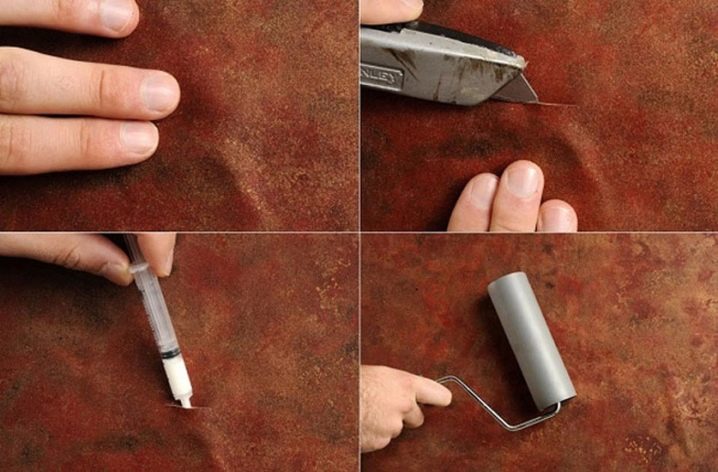
Wallpaper on a non-woven base practically does not swell, as they are highly durable. This is due to the fact that they include cellulose and several polymer components. But if they are swollen, it means that the surface of the wall is not well leveled. It is possible to correct such a defect on non-woven wallpaper only by dismantling the material, followed by leveling the surface and completely replacing the finish.
How to glue it correctly?
Avoiding bubbles is much easier than removing them later. Therefore, you need to monitor this phenomenon throughout the entire process of installing wallpaper. To stick them qualitatively, you should follow a certain sequence of actions:
- Preparing the walls. Before proceeding with pasting, you need to remove the old coating from the surface of the walls. If the plaster does not hold or the wall is uneven, then you need to additionally strengthen and level it. For this, special plasters and cement mortars are used.

- Selection of materials. The adhesive is selected based on the technical parameters of the selected wallpaper. Experts prefer only high-quality foreign adhesives, which quickly dissolve and hold the coating firmly on the wall.
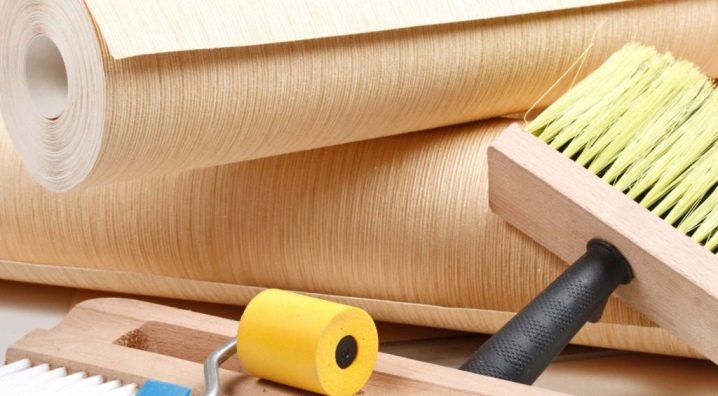
- Padding. Before applying the glue, the walls must be primed. It not only increases adhesion, but also prevents the occurrence of fungi and other similar phenomena.
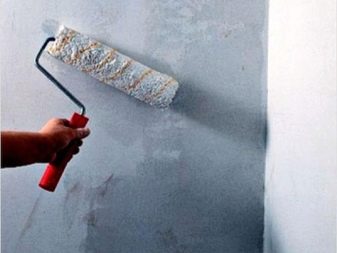
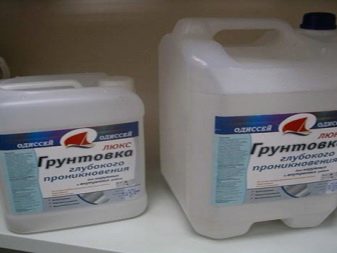
- Pasting. Initially, glue is applied to the wall surface or to the inside of the wallpaper. Please note that only the manufacturer specifies where and how much to apply the product. It is important to evenly distribute the mixture, which should not contain lumps. When the glue is applied, you can start fixing the canvas. The piece is applied strictly vertically relative to some plane. Try to place it in the right place as accurately as possible.Paper wallpapers soak quickly, which does not always allow them to be moved for alignment. But better materials lend themselves well to correction, which greatly simplifies the work with them.
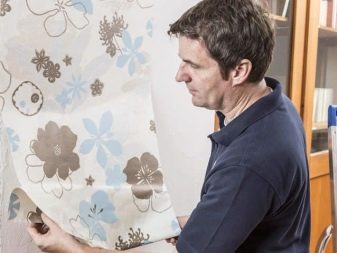
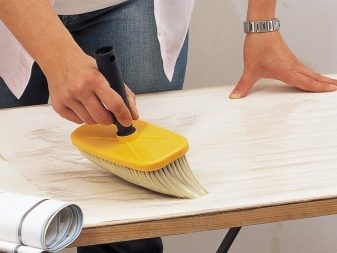
- Alignment. To get a smooth surface without bubbles, smooth the wallpaper thoroughly. When the sheet is aligned, you can begin to remove the glue and air. Start this on top of the canvas and move downward, spreading the surface with a spatula. Note that it is preferable to start from the center and move the tool to the sides. Thus, the wallpaper is not only leveled, but also the excess glue is "expelled". If necessary, remove excess mortar and level the canvas along the course of pasting.

All other strips are glued in the same way. It is important here not to fix the ends of the sheet, and then move to its middle. Everything must be done the other way around, which will exclude the appearance of air cushions and bubbles, respectively. If, nevertheless, swellings appear, then you need to peel off the paper a little and expel the air, then stick the material tightly to the wall. When the canvas does not fit exactly with other surfaces, then it is better to cut it with a sharp clerical knife. This is best done when the material is completely dry, or immediately after gluing, before the paper is too soft.
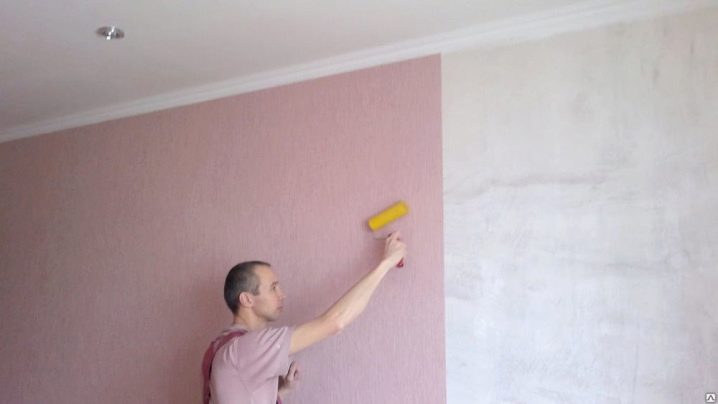
Removing air from under the wallpaper is a simple operation that requires only desire and a little time. It is important to be careful here in order to get a high-quality surface with minimal damage.
For information on how to remove bubbles from the wallpaper, see the next video.













The comment was sent successfully.